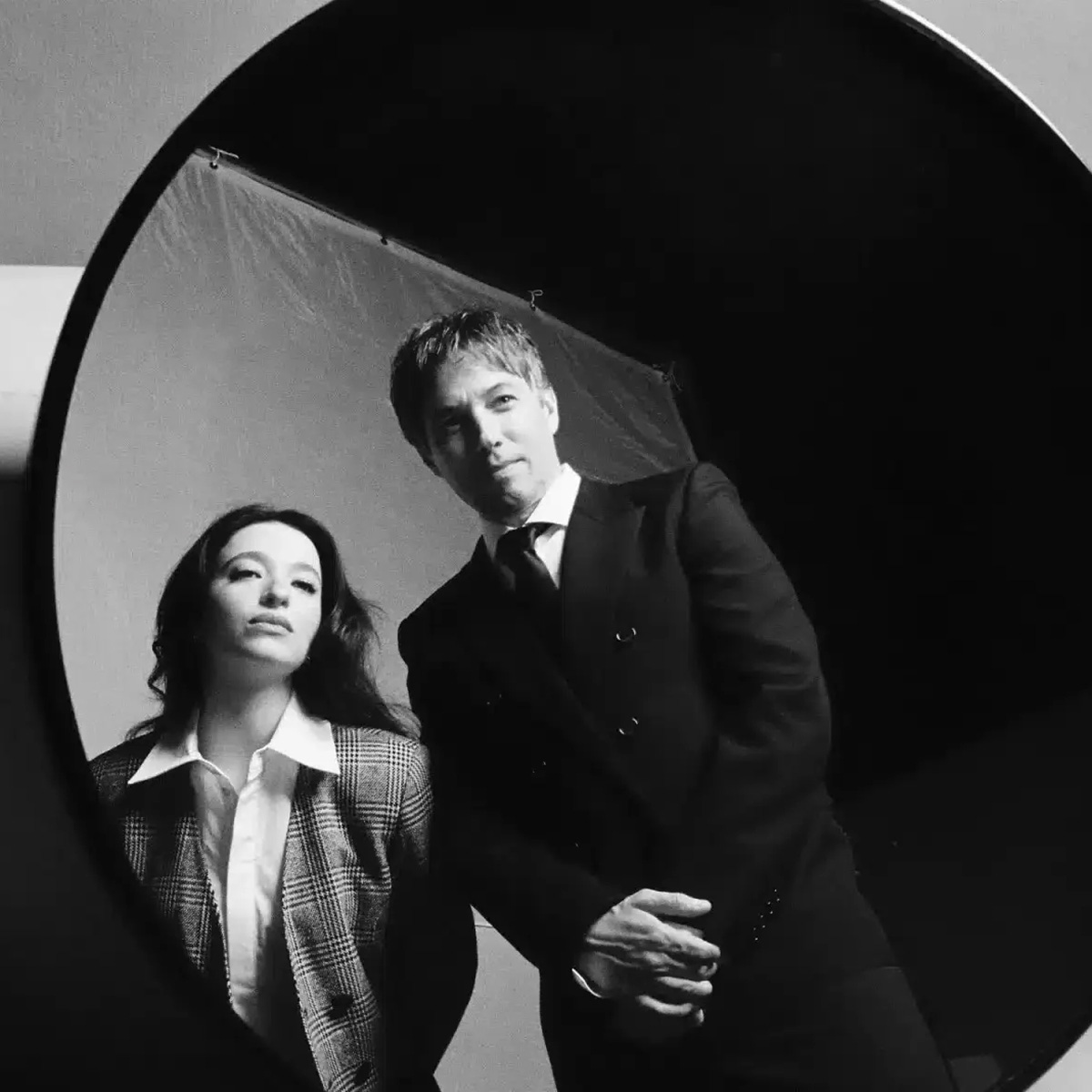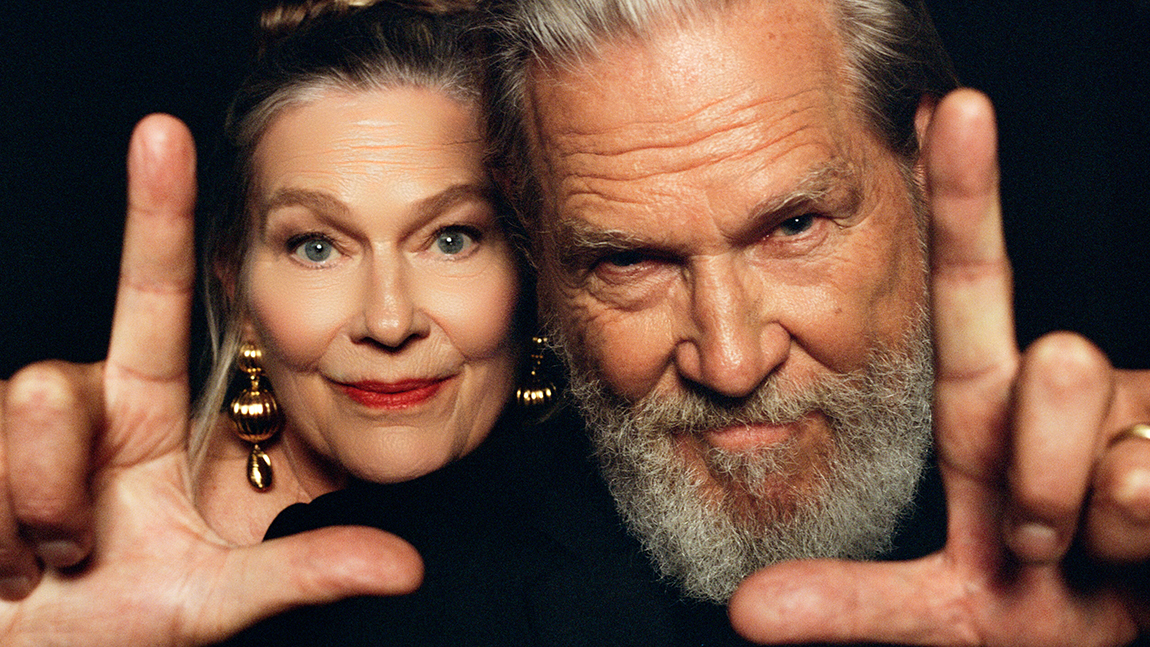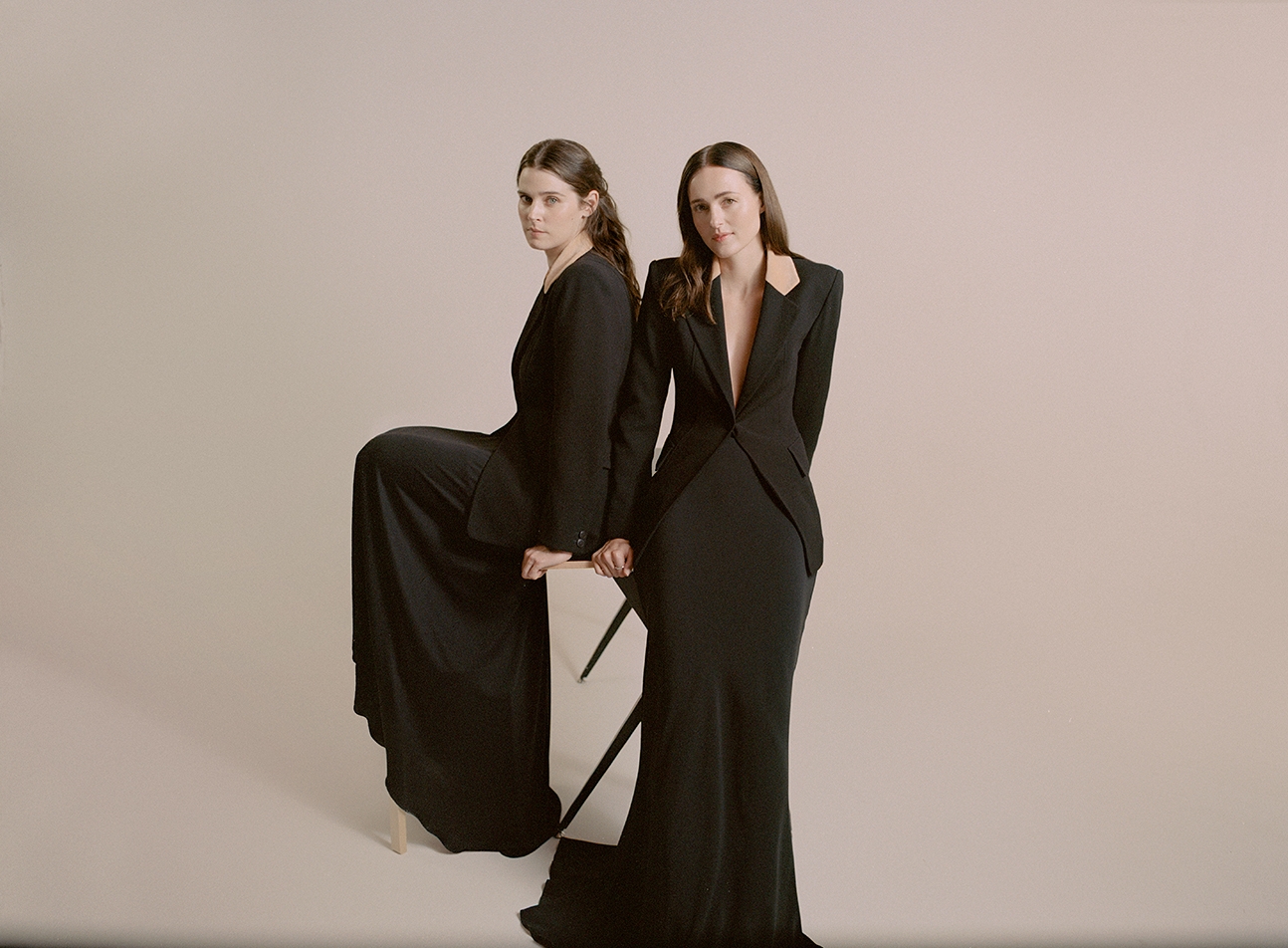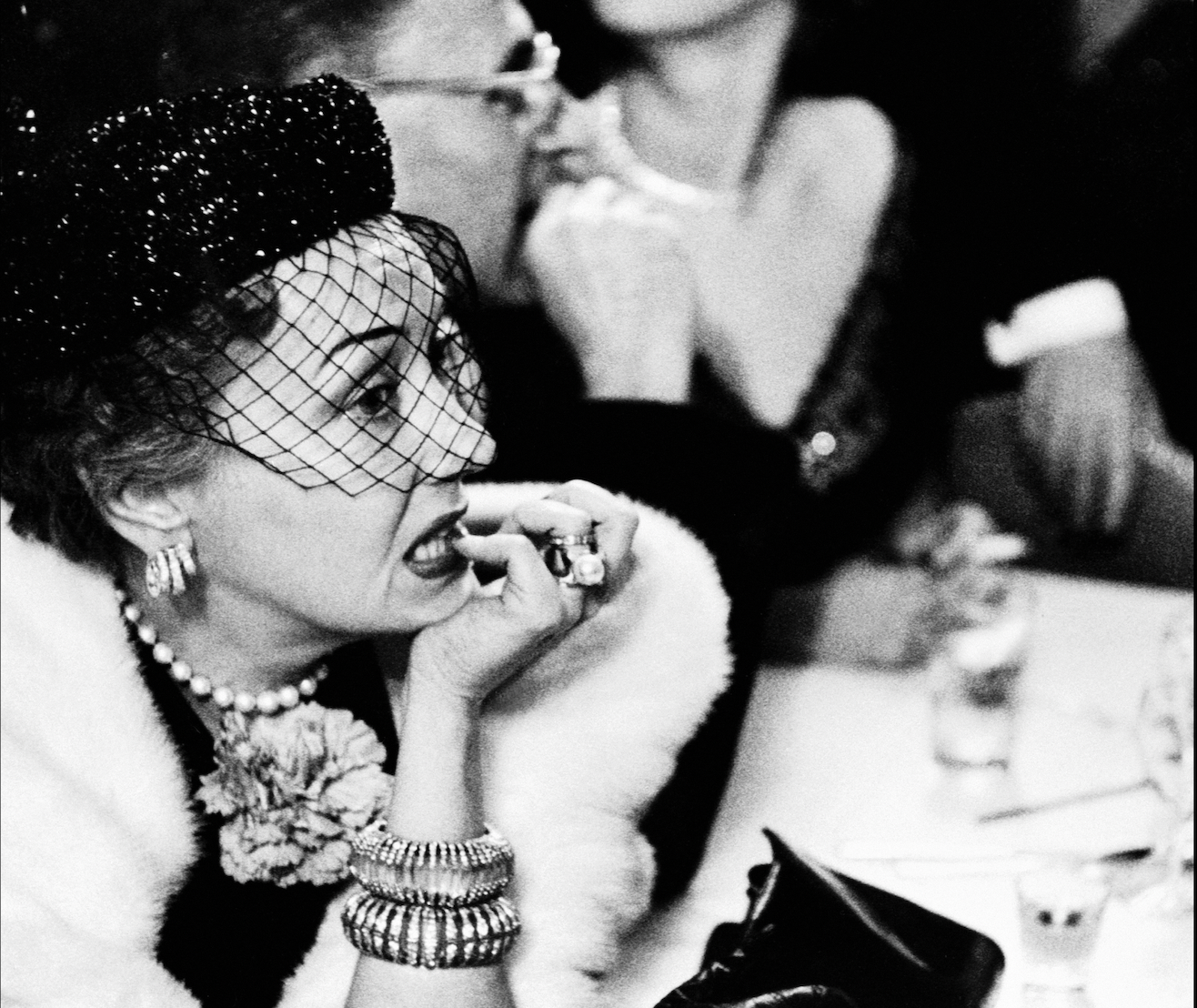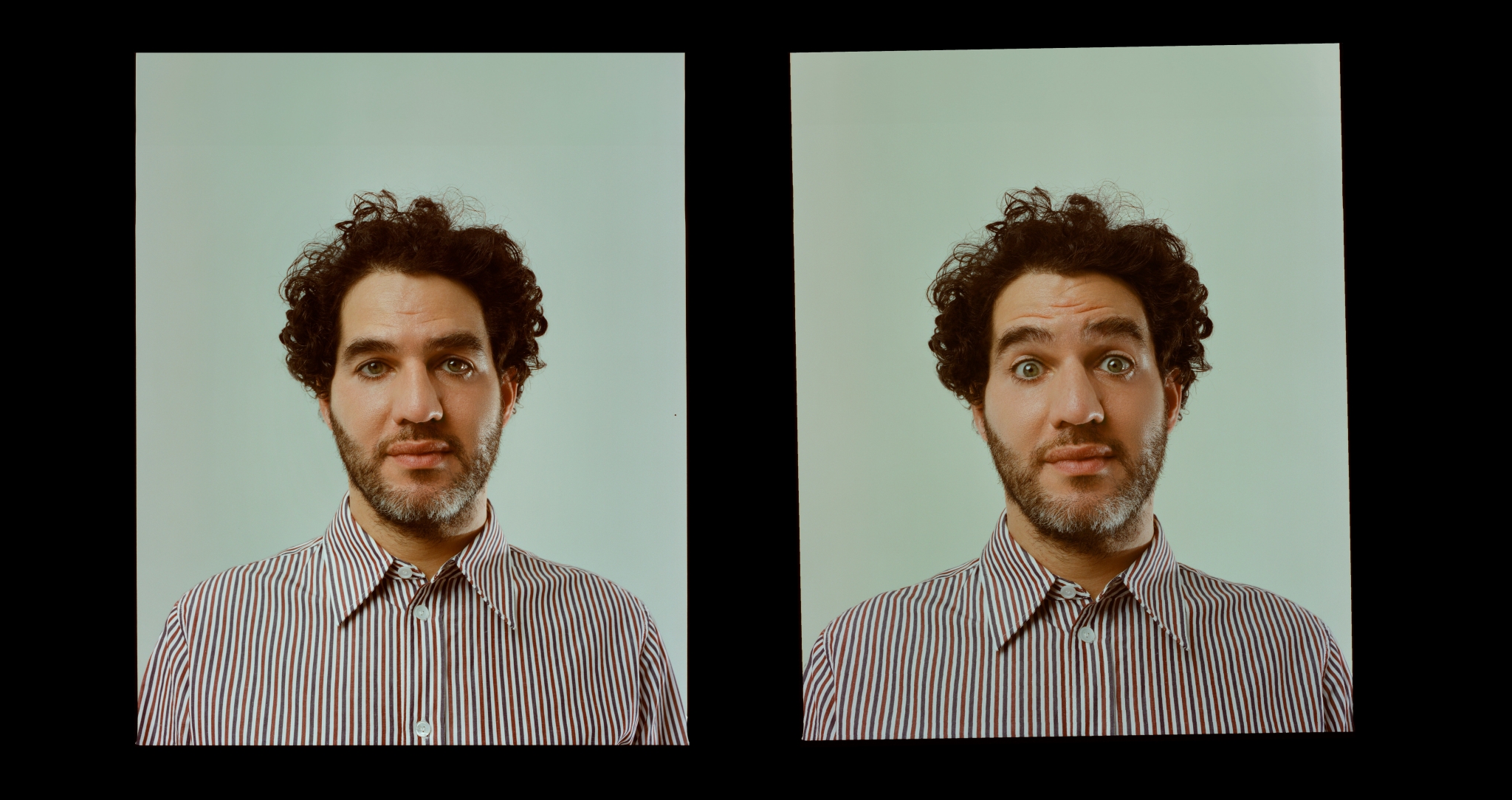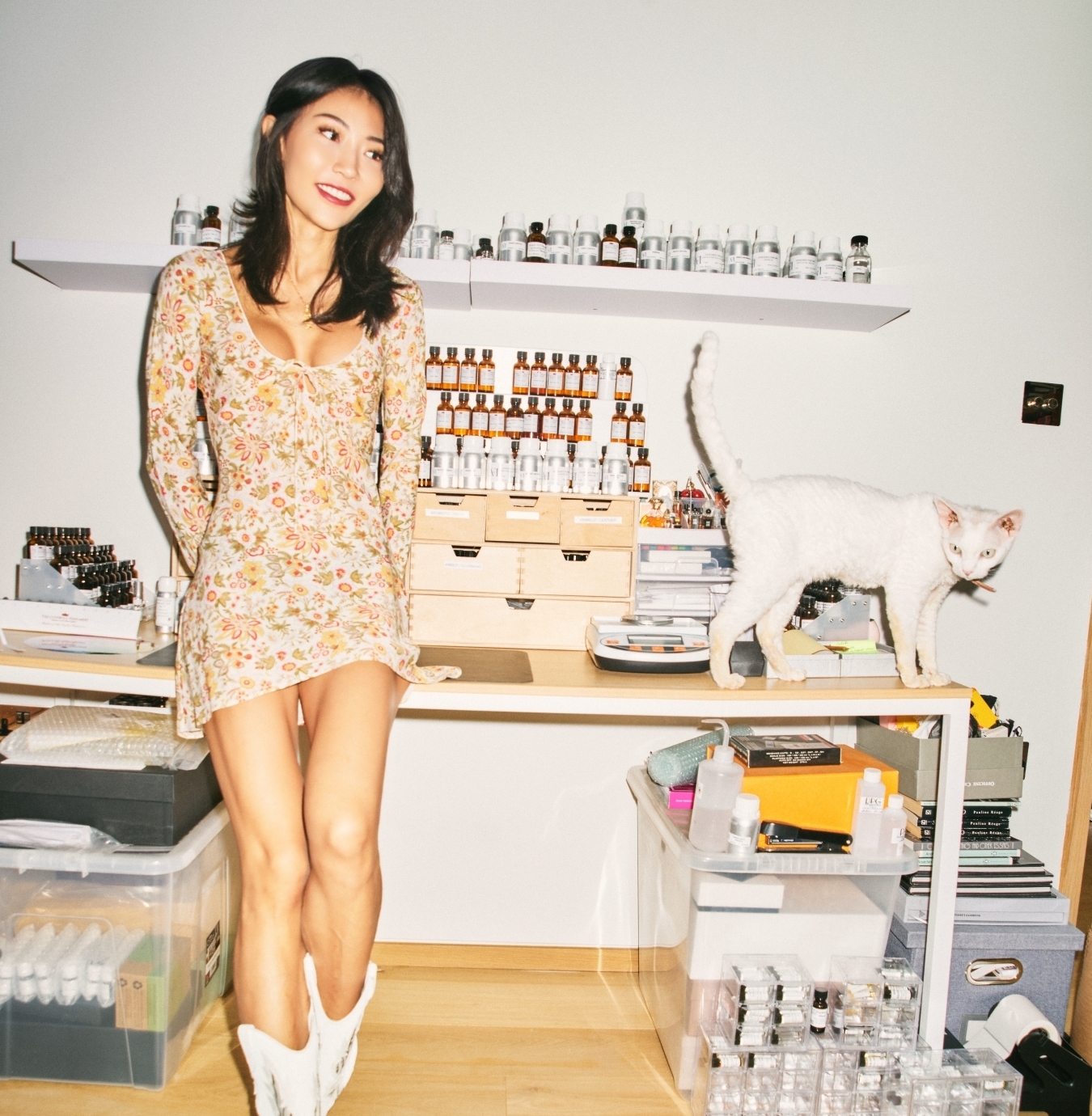
Cherry Cheng’s fragrances—which are now available at Liberty—combine her love of scent and literature, from Anaïs Nin’s diaries to Anne Desclos’ The Story of O. Kitty Grady speaks to the founder at her home in London to find out more.
What words do you use to describe a scent? Conjuring the vocabulary to describe smells, which so often arrive in Proustian flashes—the zing of petrol, the waft of a fig tree, the breeze of washing powder—doesn’t always come easily. So it is with a touch of absurdity—or perhaps perversity—that Cherry Cheng founded her perfume brand Jouissance.
“Each fragrance in Jouissance’s debut collection is inspired by a text or a work of literature by women,” Cheng tells me, from her sofa in her sunny flat in Central London. Surrounded by books, art and her curious cat Pootie, she explains that the name of her brand, which she started in 2022, derives from Hélène Cixous’s infamous 1970 essay ‘The Laugh of the Medusa,’ a text Cheng first came across whilst studying at Goldsmiths. “Jouissance can be translated as orgasm or extreme pleasure, and Cixous was looking into this woman’s capacity to experience erotic excess as a catalyst for their creative prolificity.”
Cheng’s personal path into perfumery tells the tale of her own creative discovery. Rather than being a classically trained perfumer, she discovered the artform during the pandemic. “I was buying a lot of classic fragrances and raw materials—it felt like a way to connect with the world we were losing.” After an online course during the pandemic, she went to study at the Grasse Institute of Perfumery, with visits to flower fields and distillery factories as well as lab experiences, where she watched petals being turned into oils and learned to reconstruct simple floral accords and classic fragrance structures.
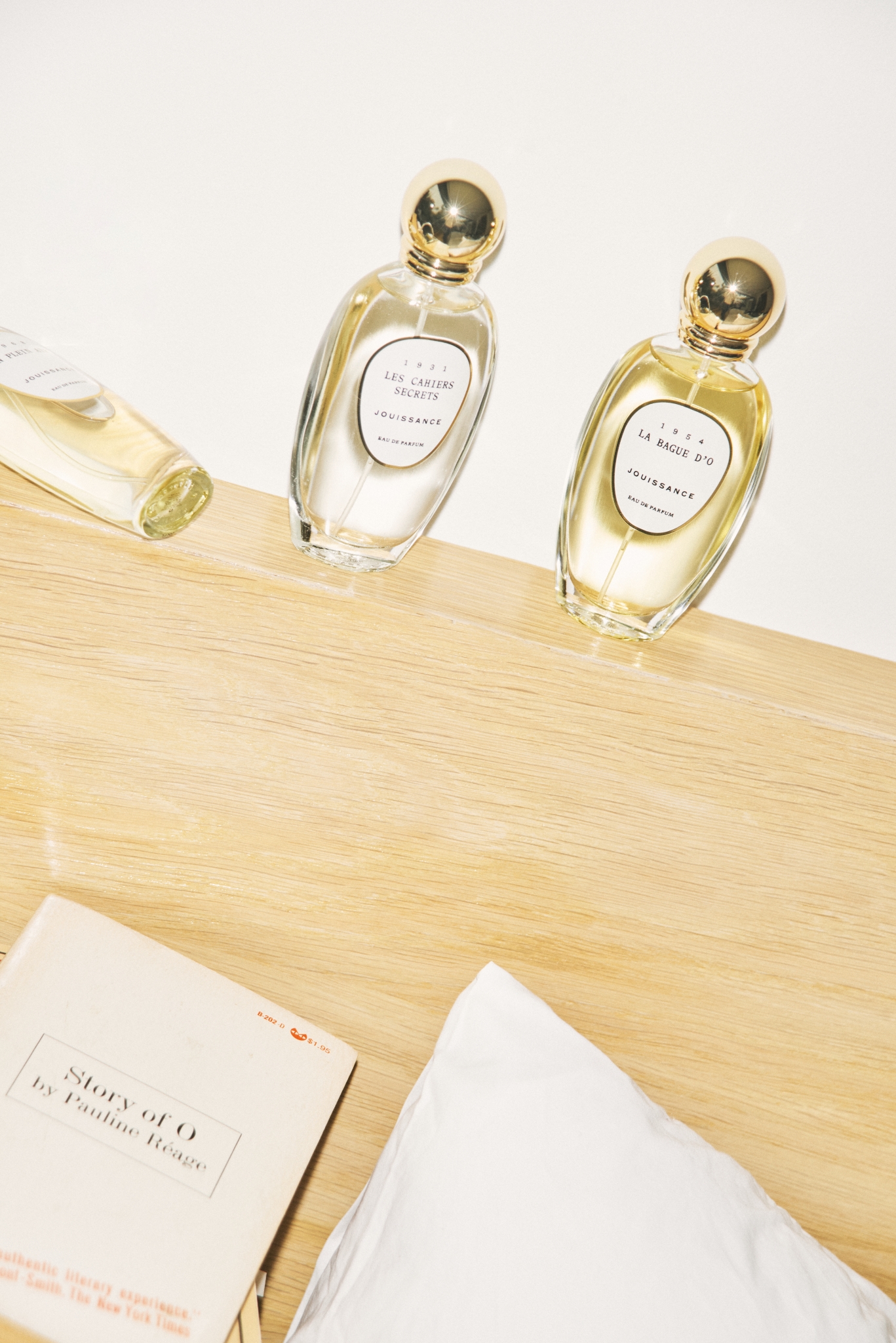
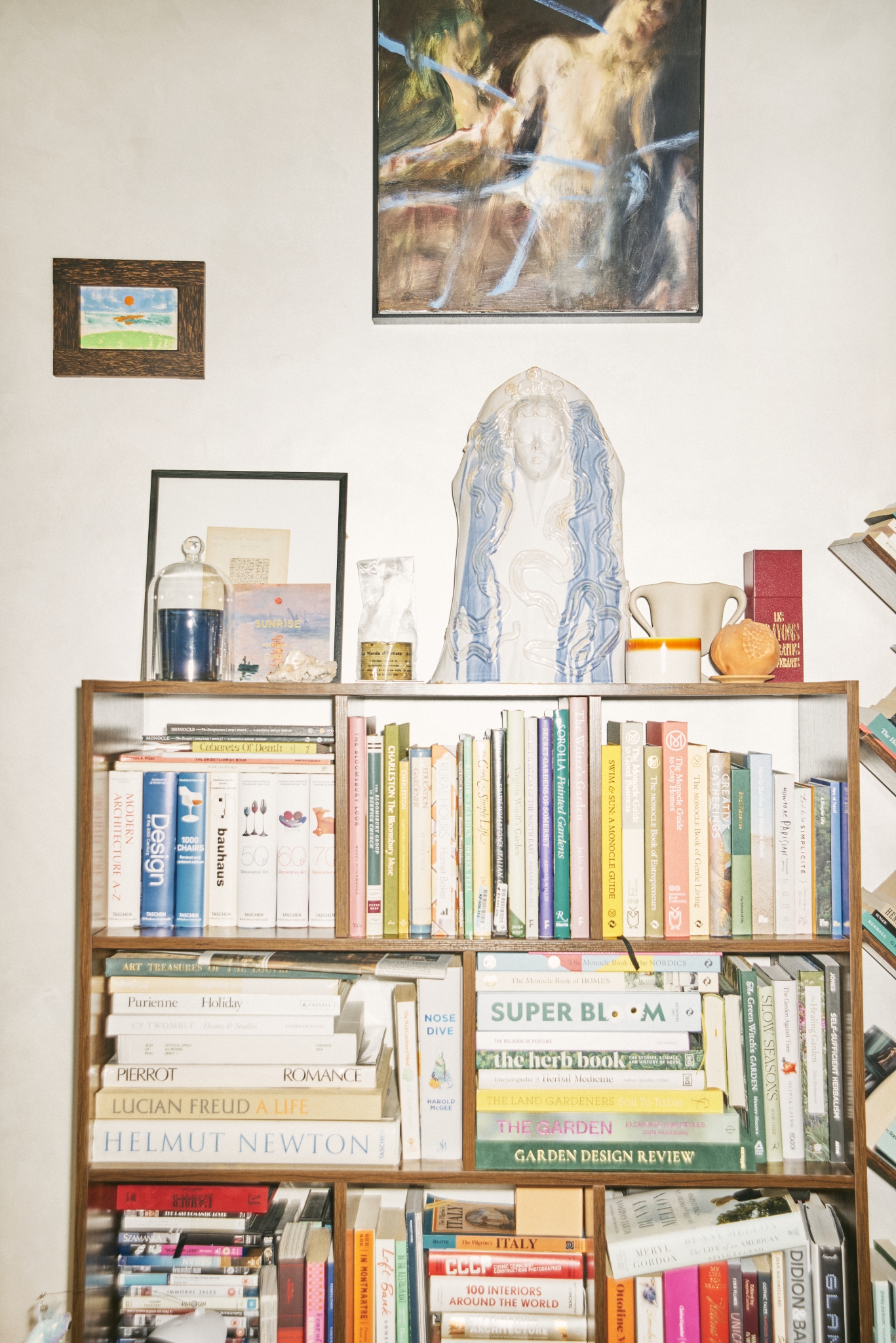
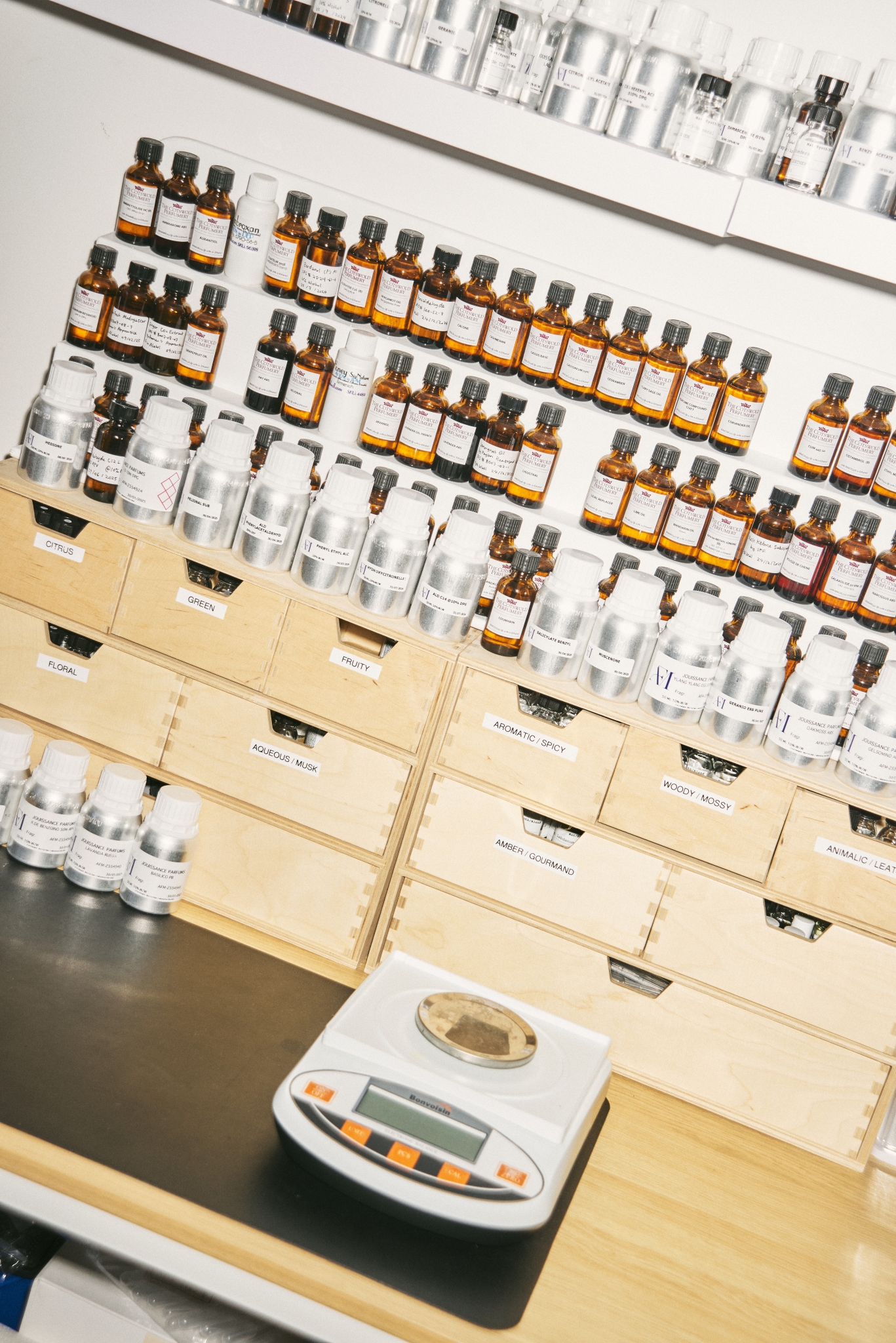
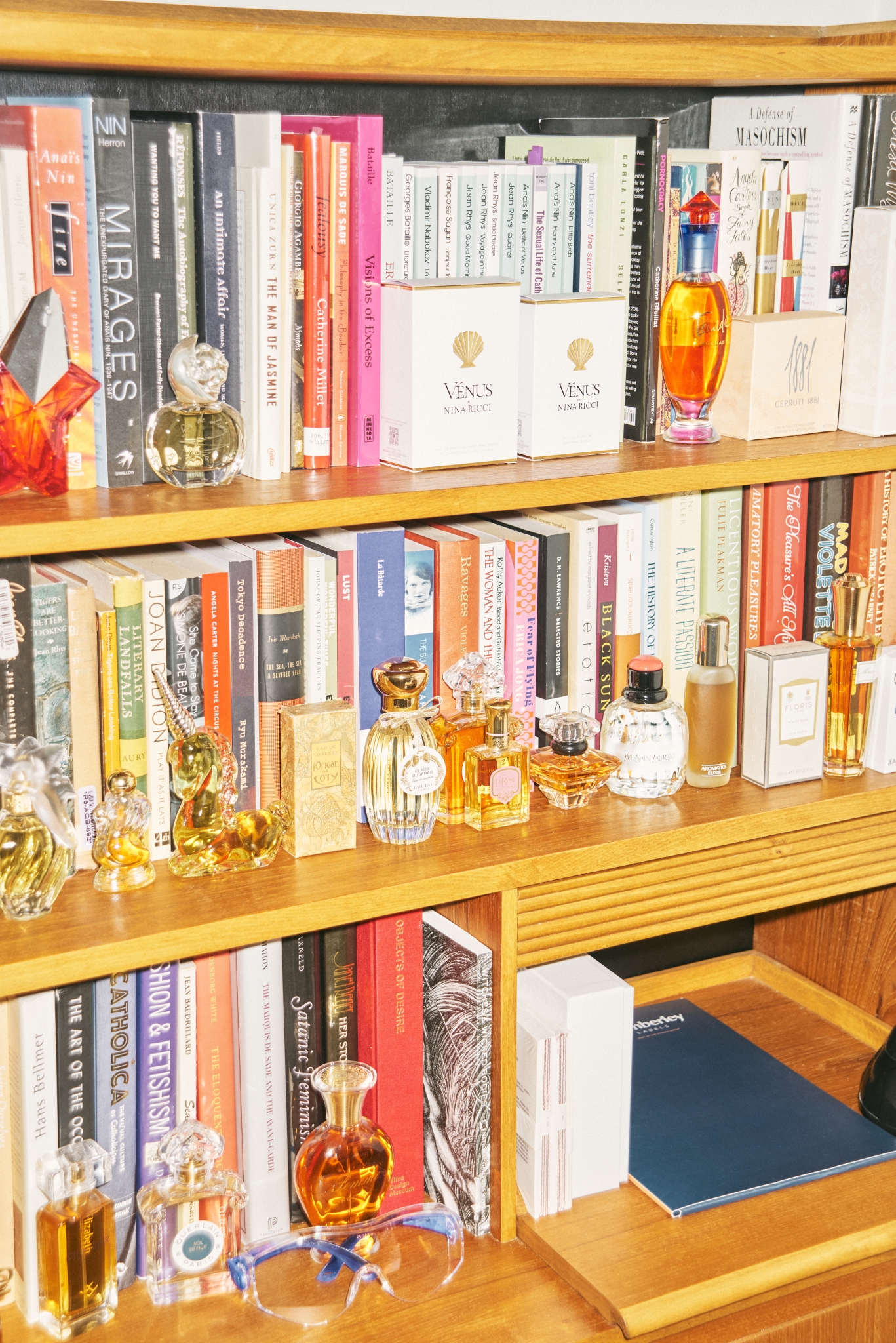
Since 2024 Cheng has also received weekly private tuition from master perfumer Antoine Lie (who gives her formulas to replicate by blind smelling). Showing me her spread of perfume books—from Nez + LMR’s The Naturals Notebook series to Dominique Ropion’s Aphorisms of a Perfumer—she discovered how language and scent were more related than she initially realized. “Perfumers don’t have a better sense of smell than most people, they just learn the language of how to describe it. The first thing you learn is the fragrance colour wheel, and the families and categories. You learn these systems of language.”
The first in her trilogy of inaugural fragrances—made in collaboration with perfumer Caren Roberts at Sozio—is En Plein Air, inspired by La Vie Sexuelle de Catherine M, the art critic Catherine Millet’s memoir in which she detailed her sexual conquests. “She’s an art critic, but the way she writes about sex is very clinical and matter of fact—it’s not sensuous and beautiful, but cerebral,” says Cheng. “For me it is such a formative work, because the way she wrote about her experience is so honest and matter of fact. It encouraged a lot of women to not feel ashamed of their desires or sexual experience. It’s also society gossip—all the people she mentions in the memoir were still alive—there was a lot of backlash when it was published.”
En Plein Air, named so as Millet “writes a lot about having sex in parks,” is a cluster of citrus notes such as bergamot, grapefruit and lemon grounded in damper notes of musk, reminiscent of earth and rain. Having just won an Elle First Class Beauty Award, I tell Cheng that I have never gotten so many compliments for a fragrance when I wore it myself. “This one is definitely our most popular one because it has the most power in the opening,” she confirms. The fragrance is now featured as part of Liberty’s Summer Concierge Edit—and will be displayed in the windows of the famous department store for the next three weeks.
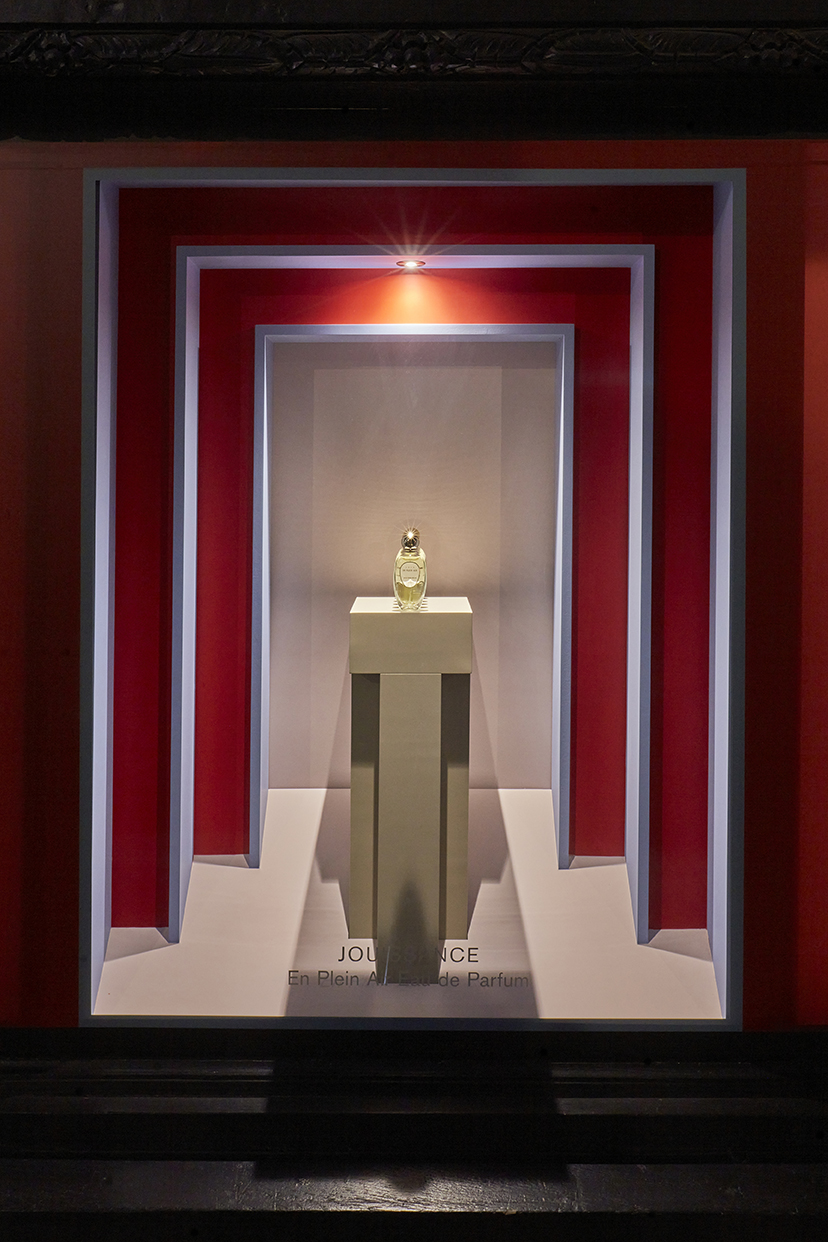
Jouissance window display at Liberty in London
“Jouissance can be translated as orgasm or extreme pleasure, and [Hélène] Cixous was looking into this woman’s capacity to experience erotic excess as a catalyst for their creative prolificity.”
Jouissance founder Cherry Cheng on naming her brand
For Cheng, who grew up in China, popular Western fragrances were unavailable. “We always had this floral water called Hua Lu Shui, made from roses or orange flowers or jasmine. Every single household has this—and it was multi-purpose—you could spray on yourself, or your bed or your laundry.” Moving to America, aged 16 she was introduced to “really girly, fruity” drugstore fragrances by the likes of Victoria’s Secret. Later, at school in New Hampshire she discovered CK1—Calvin Klein’s 1994 blockbuster fragrance whose minimalist, unisex packaging and advertising—feels commonplace again today. “Over the past few years the fragrance market has become very unisex, which is fine, but I don’t believe fragrance is gendered anyway. I wear masculine fragrances myself, my boyfriend wears a feminine fragrance. It’s all very fluid.”
This inspired Cheng to go down a hyper-feminine route with Jouissance’s visual identity: gold bottle tops and delicious cream boxes, inspired by historic scents from the 1930s and 50s, which are lined with silky pink fabric. The first 300 of each perfume also comes with a limited edition artwork by Belgian artist Katrien de Blauwer. “It’s intentionally feminine,” says Cheng. “I craved something that’s more extra, but more specific—it creates this idea of a girl’s secret. Even though boys and girls can wear this. We do actually have a lot of male customers.”
Accompanying En Plein Air are Les Cahiers Secrets and La Bague D’O. The former has been inspired by the diaries of Anaïs Nin. “She was so prolific, she kept a diary for six decades. I focused on one era of her work, when she was living in Paris in the 1930s. I love all the fragrances of that era—it’s the golden age of Parisian perfumes.” Nin, who had a sordid affair with Henry Miller, and separately with his wife, finds her olfactory afterlife in Lily and Heliotrope alongside more powdery notes. The finishing touch is cumin. “It doesn’t really belong in the composition. It’s a bit like adding salt to a desert, it makes it more dirty and complex. People say cumin smells like body odour. But in a small dose, it’s still pleasant.” The scent, like Nin’s diary, has a poetic spirit. “She’s notoriously known for lying in her diaries.”
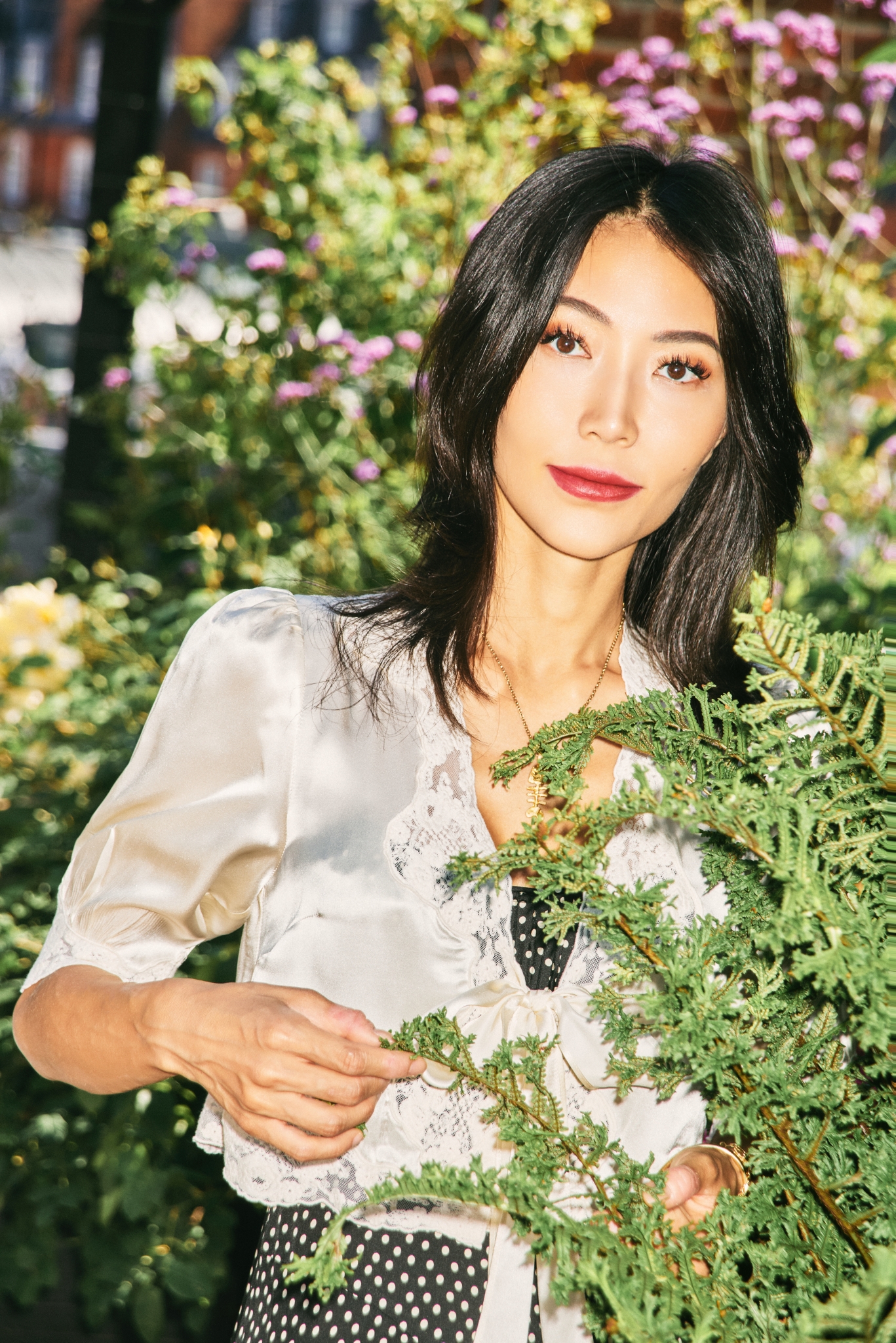
Cherry Chen. By Joshua Tarn.
La Bague D’O references the 1954 novel The Story of O. Written by Anna Desclos under the pseudonym Pauline Réage it is perhaps the most extreme of the three texts, about a fashion photographer “who is taken to a chateau by her boyfriend and trained to be a sex slave… people couldn’t believe it was written by a well respected critic,” says Cheng. Inspired by 1950s fragrances, the classic olfactory structure of rose and patchouli is offset with the “dirtier” notes of aldehyde. “There’s a bit more drama, it’s the most dramatic of the three.”
The next chapter of Jouissance is yet to be fully written. But Cheng hints at a trio of scents also inspired by more works of erotic fiction, but this time with a twist. “All three of them have a film adaptation,” she notes, citing Marguerite Duras’s The Lover. “I think Duras is amazing, because she was a filmmaker herself. The way she uses cinema is very much like writing.”
As she continues to commission fiction and non-fiction for Jouissance by contemporary writers for her online journal and in small printed books (the only requirement is that they have to mention scent), Cheng’s plan is to eventually create scents inspired by living creatives. “I think it would be interesting to co-create a perfume with a writer or a filmmaker. It’s so much more interesting to have this dialogue which you don’t have with writers of an earlier generation,” says Cheng. “It’s a way of bringing other creatives into this universe, but it’s also so personal. Everyone, even if they aren’t into perfume, has scents they are drawn to. And really, I think that’s more interesting to translate.”
Foot Note
The Jouissance guide to perfume books
Nez + LMR’s The Naturals Notebook series: this is my favourite collection of perfumery reference books that highlights one raw material in each book; I have pretty much every book from this series but my favourites are Immortelle, Ylang Ylang, Jasmine Sambac, Damask Rose, Orange Blossom.
Other perfumers writings:
- Jean-Claude Ellena’s The Diary of a Nose
- Dominique Ropion’s Aphorisms of a Perfumer
- Mathilde Laurent’s The Sense of Scent
- Luca Turin’s The Secret of Scent
Denyse Beaulieu’s The Perfume Lover: This is the story behind ‘Seville a l’Aube’ by L’Artisan Parfumeur, which Denyse worked together with Bertrand Duchaufour—a wonderful book from the creative director’s perspective and on trusting the process.
Ken Leach’s Perfume Presentation: 100 Years of Artistry: this is the most comprehensive history book on perfume packaging ever written, and has been an inspiration for our packaging. Ken runs Perfume Bottles Auction in New York; I met him when I was there last May! He’s been sourcing the rarest perfume bottles for the last few decades and sells mostly to museums.

